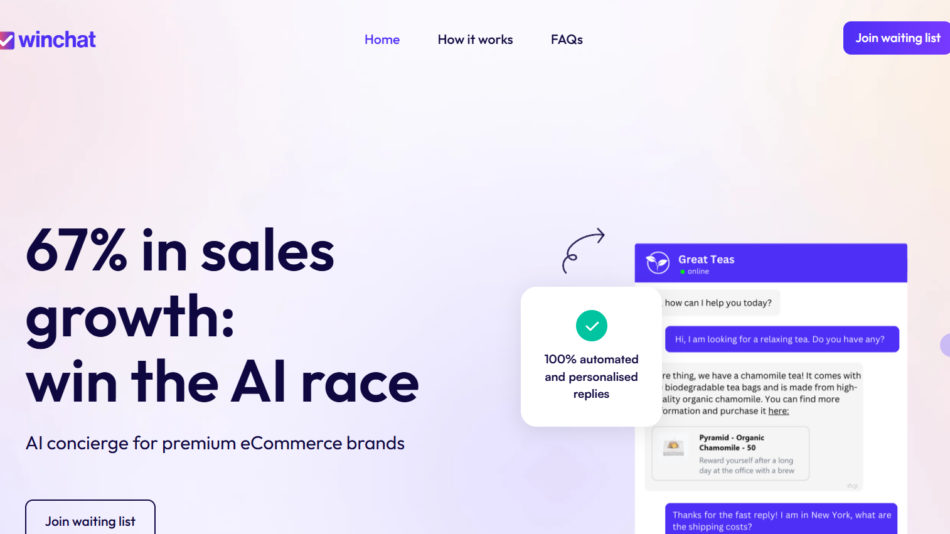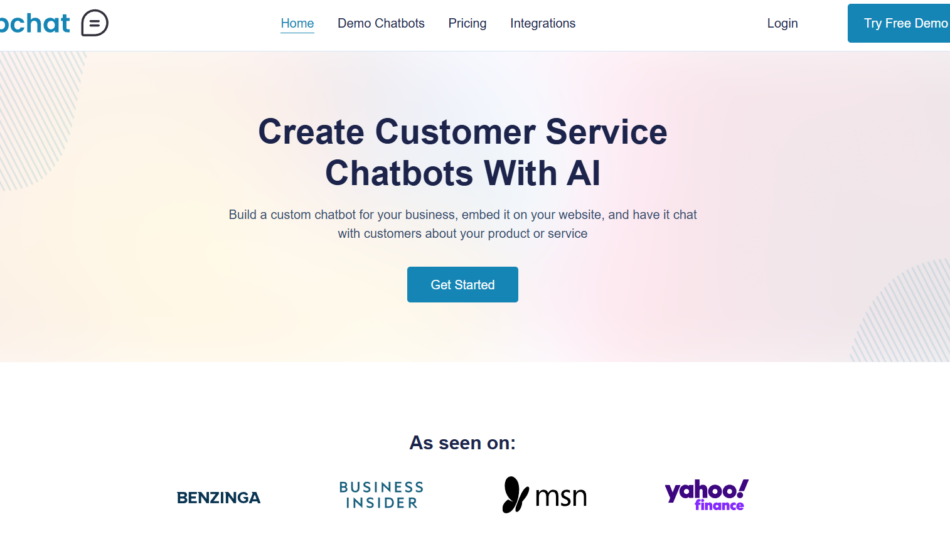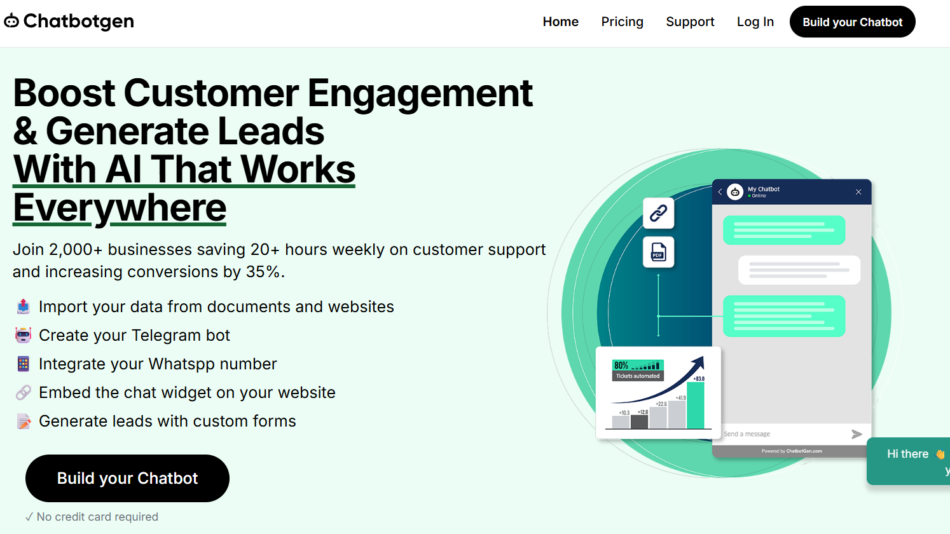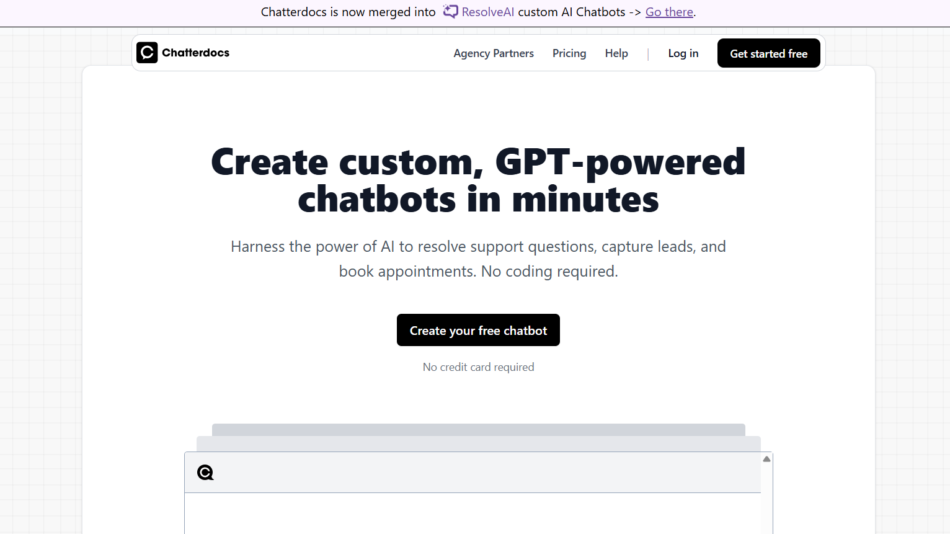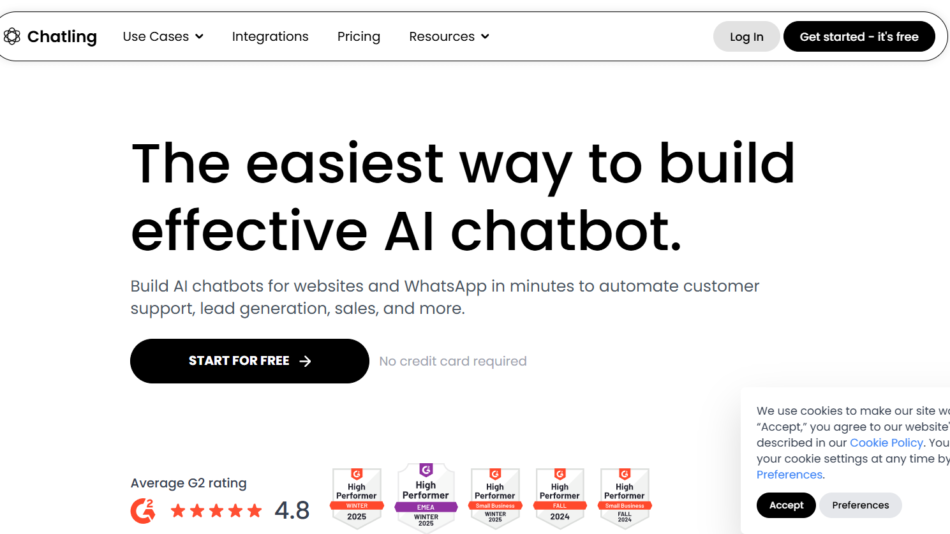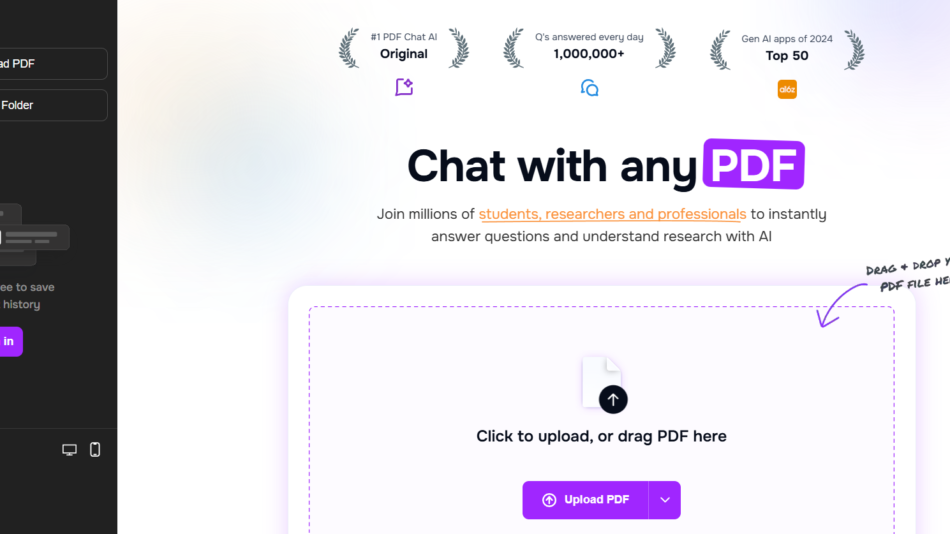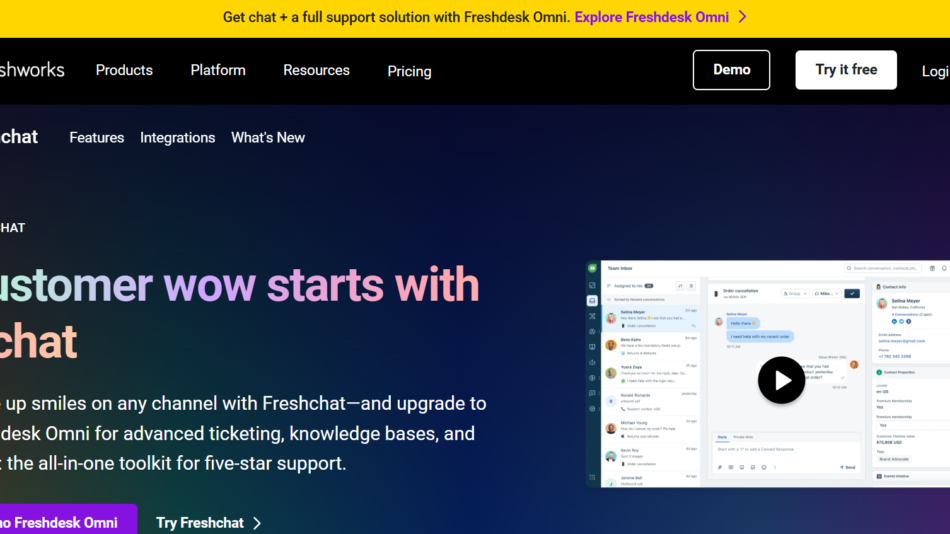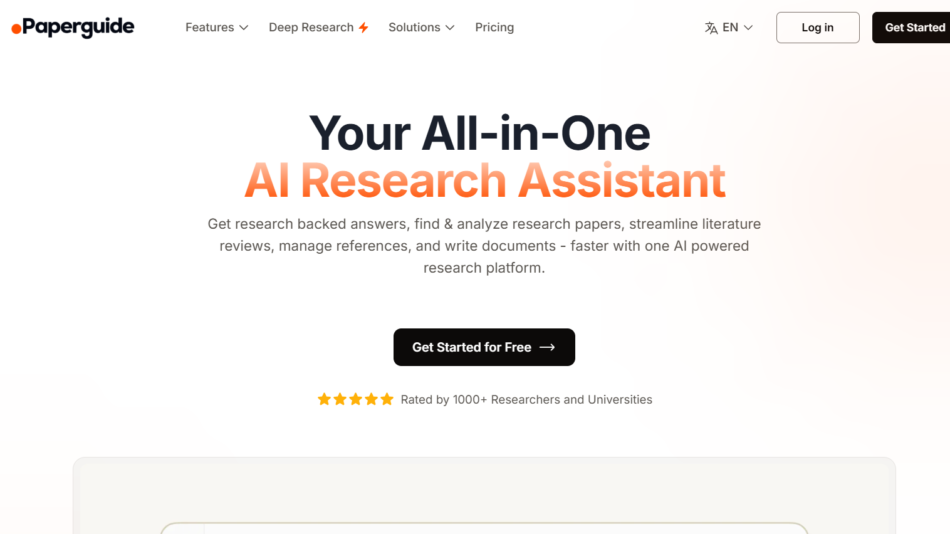Struct is a no-code AI automation platform designed to help users create powerful business workflows and logic using natural language. It enables non-technical teams to build custom AI-powered tools and systems by simply describing what they want in plain English. Struct then converts these descriptions into dynamic, functional workflows powered by large language models like GPT.
Struct bridges the gap between traditional software development and modern AI capabilities by allowing users to define, test, and deploy structured logic flows without writing a single line of code. It’s ideal for internal tools, process automation, and integrating AI into everyday business operations.
With Struct, businesses can rapidly prototype and deploy logic-driven automations, turning abstract ideas into working tools within minutes.
Features
Struct is designed to enable intelligent workflow creation for non-developers and technical teams alike:
Natural Language Programming
Users define rules and workflows in plain English. Struct translates these into logic-driven flows and functions.
No-Code Builder
A visual editor enables drag-and-drop construction of logic trees, inputs, and outputs without scripting.
AI-Driven Processing
Built-in GPT integration allows for natural language understanding, generation, classification, and decision-making.
Reusable Logic Modules
Save and reuse logic components across workflows to streamline development and maintain consistency.
Data-Driven Inputs and Outputs
Design flows that accept structured data inputs (forms, JSON, APIs) and produce clean, structured outputs.
Trigger-Based Execution
Workflows can be triggered manually, on a schedule, or via incoming data from webhooks and third-party APIs.
Custom Integrations
Integrate Struct with internal systems, CRMs, databases, or SaaS platforms using built-in connectors and webhooks.
Version Control and Testing
Test workflows with sample inputs and preview outputs. Maintain version history for safe iteration and deployment.
Collaborative Workspace
Multiple users can collaborate on building and editing workflows in shared workspaces with access control.
Export and Deploy
Deploy workflows via API endpoints, allowing other tools or apps to call Struct workflows in real time.
How It Works
Struct works by translating human language into executable business logic. Users start by entering a natural-language description of what the workflow should do. For example, a user might write: “When a customer submits a complaint, categorize it and forward high-severity cases to the operations team.”
The platform then analyzes the intent, parses the logic, and automatically generates the building blocks of that workflow. Using the visual builder, users can refine how data is processed, define input/output fields, and connect external systems as needed.
Each workflow can be saved, tested, and deployed via API. Struct also allows logic blocks to be nested or reused, enabling the creation of complex automations without redundancy.
Use Cases
Customer Support Automation
Build a system to triage, categorize, and route incoming support tickets based on sentiment and urgency.
Internal Business Tools
Create customized decision trees, calculators, or approval workflows without needing development resources.
Marketing Campaign Logic
Automate segmentation, personalization, and message sequencing across platforms using logic-based conditions.
AI-Powered Intake Forms
Use AI to process and interpret form submissions, generating structured summaries or classifications.
Finance and Operations
Automate budget approvals, expense analysis, and vendor evaluation based on dynamic input data.
HR and Recruiting
Screen candidate responses, route resumes, and generate interview summaries using AI-backed workflows.
Compliance and Policy Enforcement
Implement logic checks that flag non-compliant entries and escalate issues automatically.
Pricing
As of June 2025, Struct offers customized pricing based on usage volume, collaboration features, and integration complexity. While specific pricing tiers are not listed publicly on the site, interested users can request access or schedule a demo directly via the Struct homepage.
Struct typically caters to startups, mid-size companies, and enterprise teams who require scalable and customizable no-code AI solutions. Early access programs may be available to selected users.
Strengths
Struct’s primary strength lies in its natural language programming interface, which makes logic and workflow creation accessible to a much wider audience. The seamless integration of GPT models enables workflows that incorporate sophisticated AI functions such as text classification, summarization, and generation.
The platform is flexible, supporting API triggers and data transformations, while maintaining clarity and structure. This makes it suitable for business-critical workflows and data processing tasks.
Its visual editor, combined with reusable modules and integration options, allows for quick iteration and scaling — all without requiring a technical team.
Drawbacks
Struct is currently in early access or invite-only mode, which limits immediate adoption. Pricing is not publicly listed, making it difficult for budget-conscious users to assess its suitability upfront.
Advanced users may find some limitations compared to full-code environments, especially for very complex or highly specific use cases. Struct’s simplicity and abstraction, while powerful, may not replace traditional coding in scenarios requiring low-level control or optimization.
Additionally, as with all AI-powered platforms, the quality of outputs and workflow logic will depend on clear input design and careful testing.
Comparison with Other Tools
Compared to tools like Zapier or Make, Struct is more focused on structured logic and AI-driven workflows rather than app integrations. While Zapier allows for linear automation sequences, Struct offers conditional logic, AI decision-making, and the ability to process unstructured data intelligently.
Compared to enterprise workflow platforms like Tray.io or Retool, Struct requires less setup and is better suited for users with minimal technical expertise. Retool focuses on front-end interface building with code, whereas Struct emphasizes backend logic building through natural language.
AI platforms like OpenAI’s GPT API or LangChain offer developer-first tooling for similar capabilities, but Struct brings that power into a no-code, accessible interface that democratizes advanced AI workflows.
Customer Reviews and Testimonials
Since Struct is currently in an early access phase, public reviews and testimonials are limited. However, early users and demo participants have expressed enthusiasm about its ability to convert ideas into working tools quickly and accurately.
Product demos and feedback sessions shared by the Struct team highlight use cases in operations, support automation, and business process modeling. Users appreciate the intuitive workflow builder and GPT integration that reduces the need for traditional software engineering in internal tool creation.
Struct’s community and product roadmap suggest a strong commitment to co-developing features with real-world teams, especially in SaaS, operations, and AI-first businesses.
Conclusion
Struct represents a major step forward in no-code AI automation. By enabling users to create structured workflows using natural language and AI, it lowers the barrier to building intelligent business tools and internal processes.
Ideal for teams looking to automate tasks, route information, or deploy logic-based systems without a developer, Struct combines accessibility with enterprise-grade functionality. It’s especially useful for non-technical teams who want to build with AI, while still maintaining control, structure, and clarity.
As the demand for smarter, scalable automation grows, Struct is well-positioned to be a go-to platform for turning business logic into real, working applications — faster and without writing code.


